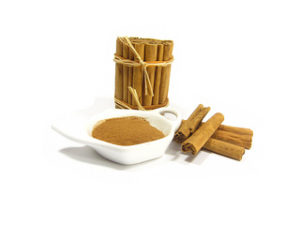If you want to know what dietary fibre is, imagine celery stalks and the long stringy fibres that run through them. This is pure roughage, the indigestible part of the vegetable that will pass right through you after consumption without being destroyed or absorbed. It is an essential part of the diet. When passing through the intestinal tract, toxins, metabolites, cholesterol, and used-up hormones from the liver attach to the fibre and are eliminated along with the fibre from the body.
Fibre helps keep the digestive tract clean and provides beneficial bacteria in the large and small intestine to feed off and protect the body from disease.
FOODS RICH IN DIETARY FIBRE
Talking about fibre-rich foods often invokes images of old-fashioned bran muffins, oat porridge, and hard vegetables.
Fruits and vegetables high in antioxidants and medicinal compounds receive more media attention these days.
Foods high in fibre are as essential to health and quality of life today as they ever were for past generations. They balance digestion, boost immune function, and detoxification depends on them. Without an adequate intake of fibre-rich foods, you are much more at risk of various diseases and digestive disorders.
Daily Dietary Fibre Requirements
To get the most out of your fibre, you need to eat enough dietary fibre every day.
Researchers recommend that your daily diet includes 35g of fiber for men or 25g for women. To achieve this, consume foods high in fibre throughout the day and vary the foods containing fibre. For example, a diet with 4 servings of grains and cereals per day, 2 legumes per day, and 5 servings of fresh fruit and vegetables per day would easily achieve your daily dietary fibre requirements for optimal health.
Different Types of Dietary Fibre
Size is not all that matters. While a diet high in fibre rich foods is good, it also matters what type of fibre you eat.
Researchers have determined that some types of fibre behave differently than others.
There are two main categories of fibre: insoluble fibre and water-soluble fibre.
Insoluble Dietary Fibre
This is the most common type of dietary fibre food.
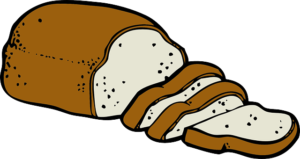
These are found in grains, fruit, vegetables, legumes, and nuts in the form of cellulose, hemicellulose, and pectin.
When they come into contact with water, they do not mix or dissolve.
Soluble Dietary Fibre
This dietary fibre is less common but has some special health benefits for the body.
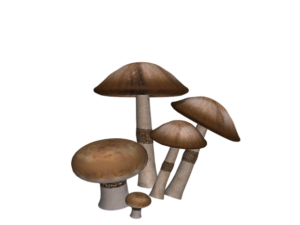
Types of soluble fibre include mucilage, gum, and oligosaccharides. These are soluble with water and mix or partially dissolve, creating a gel. Many soluble fibres, especially those found in seaweeds, are used industrially and in food production as thickening agents.
While insoluble fibre provides roughage to aid gut motility and regularity, studies show that soluble fibre relieves irritation of the mucous membranes of the intestine, especially in conditions where inflammation of the digestive tract is a symptom, and may also benefit cardiovascular diseases.
During a clinical trial funded by the University of Utrecht Medical Centre in 2009, researchers found that volunteers suffering from irritable bowel syndrome (IBS) given soluble fibre, in the form of psyllium hulls, experienced a significant improvement in symptoms. In volunteers given insoluble fiber, in the form of bran, symptoms of IBS worsened significantly.
Foods High in Fibre/ Fibre Rich Foods
Insoluble Fibre Foods
– Carrots
– Pumpkins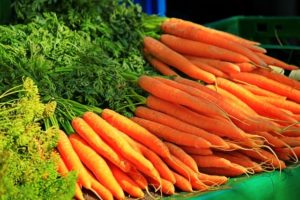
– Parsnips
– Potatoes
– Sweet potatoes
– Green leafy vegetables
– Celery
– Grains
– Nuts
– Bran
– Fruits
– Apples and pears
– Rice
Soluble Fibre Foods
– Psyllium hulls
– Linseed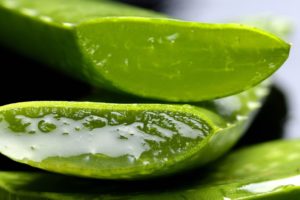
– Seaweed
– Slippery elm
– Chia seeds
– Mushrooms
– Marshmallow root
– Aloe vera
Health Benefits of Dietary Fibre
Foods high in fibre do not just protect the body from disease but also treat disease. Various studies have shown fibre-rich foods to have therapeutic benefits in patients suffering from IBS, inflammatory bowel disease, constipation, diarrhea, and cardiovascular disease.
In 2012 the Complutense University of Madrid published a meta-analysis study on the effects of dietary fiber on cardiovascular health, showing that a diet high in both soluble and insoluble fiber helps decrease blood pressure, serum triglycerides, and cholesterol increasing protective antioxidants in the body.
A meta-analysis study is the gold standard of research, giving near definite proof that a high fibre diet is a useful, natural, drug-free approach to supporting heart health and longevity.

